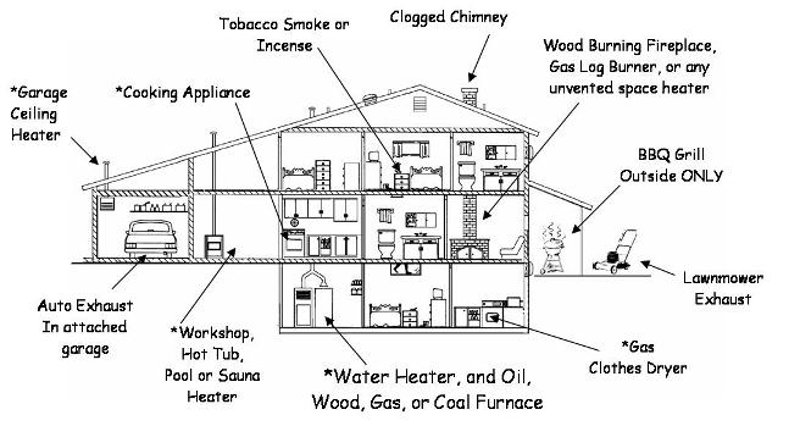Quite simply, carbon monoxide prevents oxygen from being used by your body. Carbon monoxide is poisonous and can harm your central nervous system.
Everyone is at risk of being poisoned by carbon monoxide. However, individuals with existing health problems such as heart and lung disease and the elderly are especially vulnerable. Infants, children and pregnant women are also at risk.
These levels should be referenced to the effects on healthy people. Health effects can vary significantly based on age, sex, weight, and overall state of health.
PPM = parts per million molecules of air
The CPSC* (Consumer Products Safety Commission) recommends that consumers have their furnaces, water heaters, and other fuel-burning appliances inspected yearly by a qualified service professional.
Chairman Ann Brown says. "And every home should have at least one CO detector that meets the requirements of the most recent Underwriters Laboratories standards." *CPSC 1997
** Underwriters Laboratories standards are not adequate to protect infants, the elderly, smokers, and individuals in generally poor health.

* Common household appliances should not normally produce Carbon Monoxide, but CO production is possible if they are malfunctioning or not vented properly.
Have all combustion appliances tested yearly.